Evakuierte in Ostgalizien
Evakuierte in Ostgaliezien ("Evacuation in East Galicia") is an original color lithograph on paper realized by Oskar Laske in 1916. Signed on plate on the lower left margin, titled and dated on the lower right margin (Evakuierte in Ostgalizien 1916). The plate is in very good condition; some spots on the lower margin and foxing on the upper margin.
Oskar Laske (Czernowitz, Ukraine 1874 – Wien, 1951) was a painter and architect. He was a self-taught artist; he travelled to various countries in Europe, in America and in the Middle East where he used to pain both landscapes and people of that places.
Evakuierte in Ostgaliezien ("Evacuation in East Galicia") is an original color lithograph on paper realized by Oskar Laske in 1916. Printed by k. k. Hof- und Staatsdruckerei Wien / Albert Berger Wien; published in the "Jahresmappe der Gesellschaft für vervielfältigende kunst in Wien", the artwork is part of the portfolio realized by Koloman Moser (1868-1918). Perfect conditions. Signed on plate on the lower left margin, titled and dated on the lower right margin (Evakuierte in Ostgalizien 1916). The plate is in very good condition; some spots on the lower margin and foxing on the upper margin.
It represents a colored composition with people in typical dresses. The scene is quite confused: there are people carrying things, moving animals, camping tends. It is a whole village that is moving. Oskar Laske travelled a lot during his career; he went in America, in Europe and in the Middle East and during the World War I became an officer in Galicia, so he had the possibility to observe customs and traditions of that places.
Oskar Laske (Czernowitz, Ukraine 1874 – Wien, 1951) was a painter and architect. He studied architecture at the Technical University of Wien and at the Academy of Visual Arts, where he met Otto Wagner that became his teacher. He worked as freelance architect and as a painter from 1904. He was a self-taught artist; he travelled to various countries in Europe, in America and in the Middle East where he used to pain both landscapes and people of that places. During World War I, he was an officer in Galicia and at the front of Isonzo. In 1924 he started joining the Viennese Secessione and he became famous not only in Austria bu also internationally. In 1939, he became a member of the Künstlerhaus; in his last years he was an established artist and he dedicated himself to smaller works, etchings and watercolors.







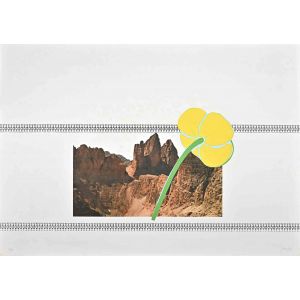
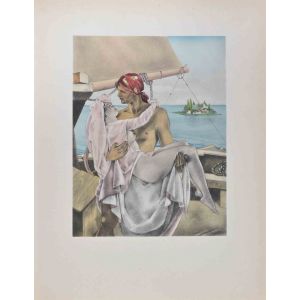
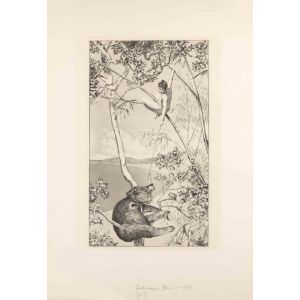
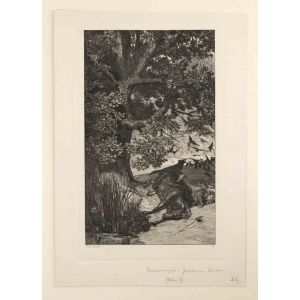
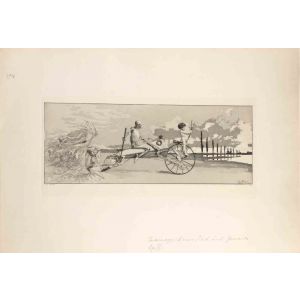
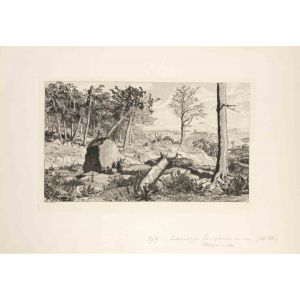
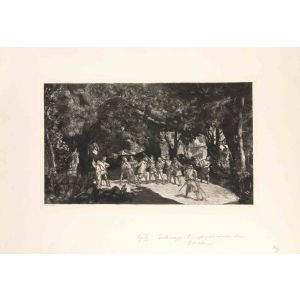
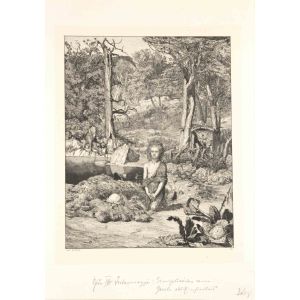
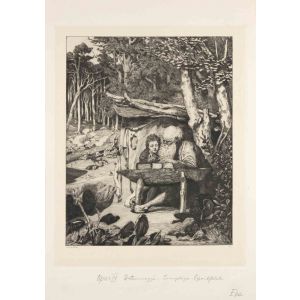
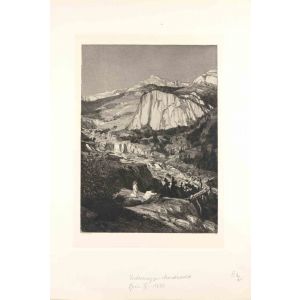

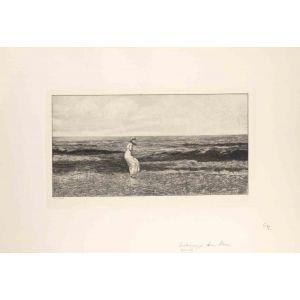
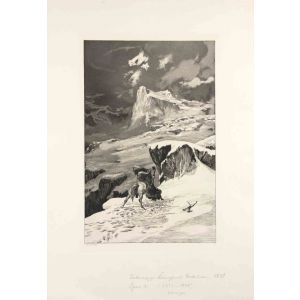






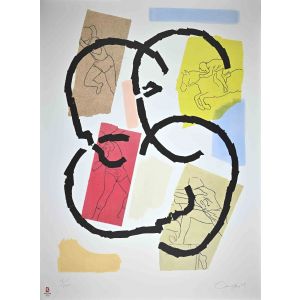







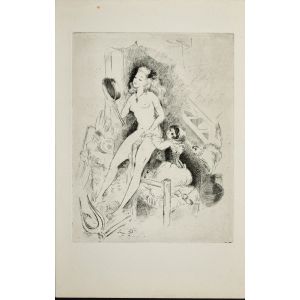

Validate your login
Sign In
Create New Account